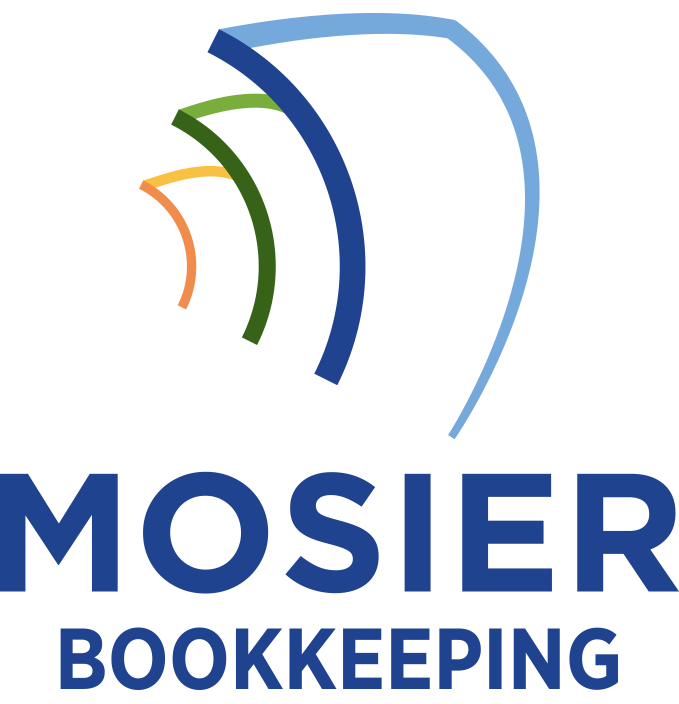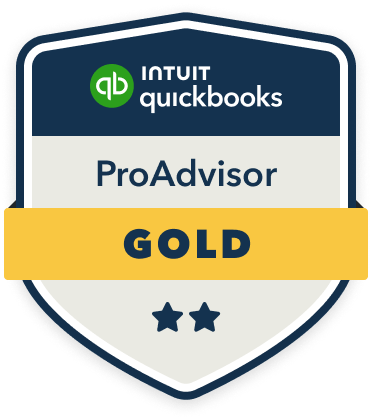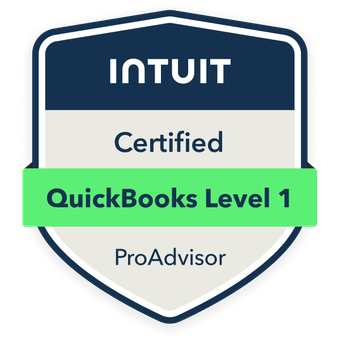To handle bookkeeping for businesses with high compliance costs, I’ll set up a dedicated compliance tracking system integrated with your chart of accounts. I’ll create specific cost centers for regulatory expenses, implement digital documentation systems with strict retention policies, and establish clear audit trails. You’ll need to maintain separate compliance budgets, allocate monthly funds, and monitor actual versus projected spending. The right systematic approach will transform compliance costs from a burden into a manageable aspect of your operations.
Understanding Compliance Cost Categories and Their Impact

While many businesses focus primarily on operational costs, compliance expenses can substantially impact a company’s bottom line through various interconnected categories. I’ve identified four key compliance cost categories you must track: direct regulatory fees, workforce training, technology infrastructure, and documentation systems.
I break these down further into core components – licensing fees, certification costs, compliance officer salaries, and audit expenses. By monitoring each category separately, you’ll gain precise control over your compliance spending and identify opportunities for optimization. This granular approach enables strategic cost management while maintaining full regulatory adherence.
Setting Up Dedicated Compliance Tracking Systems
Every effective compliance program requires a robust tracking system to monitor regulatory obligations and related expenses. I recommend implementing a dedicated software solution that centralizes all compliance activities and costs. You’ll need modules for document management, deadline tracking, and expense allocation.
I’ve found that the most successful systems integrate with your existing accounting software while maintaining separate compliance cost centers. This enables you to track regulatory fees, training expenses, and certification costs independently. Configure automated alerts for upcoming deadlines and establish clear audit trails to demonstrate your compliance efforts to regulators.
Integrating Regulatory Expenses Into Chart of Accounts

To effectively track regulatory compliance costs, you’ll need to modify your chart of accounts to include dedicated expense categories and subcategories for each compliance domain. I recommend creating primary accounts for major regulatory areas like environmental compliance, workplace safety, and industry-specific certifications.
Under each primary account, I’ll help you establish subcategories for direct costs (fees, permits, certifications), indirect costs (staff training, documentation), and consulting expenses. This granular structure lets you analyze compliance spending patterns, identify cost-reduction opportunities, and make data-driven decisions about resource allocation. You’ll also streamline your audit preparation and regulatory reporting processes.
Best Practices for Documentation and Record Retention
I’ll help you establish robust documentation practices by showing you how to create a streamlined digital filing system that organizes your compliance records by category, date, and retention requirements. You’ll need to determine specific retention periods for each document type based on regulatory mandates, with some records requiring preservation for 3-7 years and others indefinitely. By implementing proper digital file naming conventions and cloud backup protocols, you’ll guarantee your compliance documentation remains accessible and audit-ready while meeting all regulatory retention timelines.
Organize Digital File Systems
Digital file organization serves as the backbone of modern business record-keeping, especially for companies facing strict compliance requirements. I’ve developed a strategic system that maximizes efficiency while guaranteeing regulatory adherence.
| File Structure Element | Implementation |
|---|---|
| Root Folders | By Department/Function |
| Naming Convention | Date_Type_Description |
| Access Control | Role-Based Permissions |
| Backup Schedule | Daily Cloud Sync |
| Version Control | Auto-Versioning Enabled |
I maintain strict protocols for digital storage, implementing hierarchical structures that mirror your compliance workflows. Cloud-based systems with robust security features protect sensitive data while enabling quick retrieval during audits. I warrant automated backups run daily and maintain detailed access logs for enhanced accountability.
Establish Retention Time Periods
Building upon a well-organized digital filing system, proper retention schedules form the next cornerstone of compliant business record-keeping. I’ll help you determine mandatory retention periods for your industry and establish clear policies that protect your business from compliance violations.
- Tax records require 7-year minimum retention, but I recommend permanent storage given today’s digital capabilities
- Employment records need 4-year retention after termination to cover potential legal disputes
- Financial statements and ledgers warrant permanent retention for strategic analysis and audit protection
I’ve found that exceeding minimum retention requirements provides better legal protection while supporting data-driven decision making. Implement automated archiving to guarantee consistent execution.
Managing Compliance-Related Cash Flow and Budgeting

Successful management of compliance-related cash flow requires careful attention to both timing and allocation of resources. I recommend creating a dedicated compliance budget that sets aside funds monthly for anticipated regulatory fees, audits, and mandatory upgrades. You’ll need to forecast your compliance expenses quarterly and annually, factoring in seasonal variations and regulatory deadlines.
I’ve found that establishing a separate compliance reserve account helps prevent cash flow disruptions. Track your actual compliance spending against budgeted amounts, and adjust your allocations based on historical patterns. This approach lets you maintain adequate liquidity while meeting all regulatory obligations without compromising other operational needs.
Strategies for Reducing Compliance-Related Operating Costs
How can businesses systematically reduce their compliance-related operating costs without compromising regulatory adherence? I’ve identified several proven strategies that target operational efficiency while maintaining strict compliance standards. By implementing automated compliance management systems and streamlining documentation processes, you’ll dramatically decrease labor hours and minimize human error.
- Invest in integrated compliance software that automates reporting, monitoring, and documentation, reducing manual labor costs by up to 40%
- Consolidate vendors and negotiate volume discounts for compliance-related services
- Cross-train employees to handle multiple compliance functions, optimizing workforce efficiency while ensuring redundancy
These approaches maximize cost reduction while safeguarding your regulatory obligations and maintaining operational excellence.
